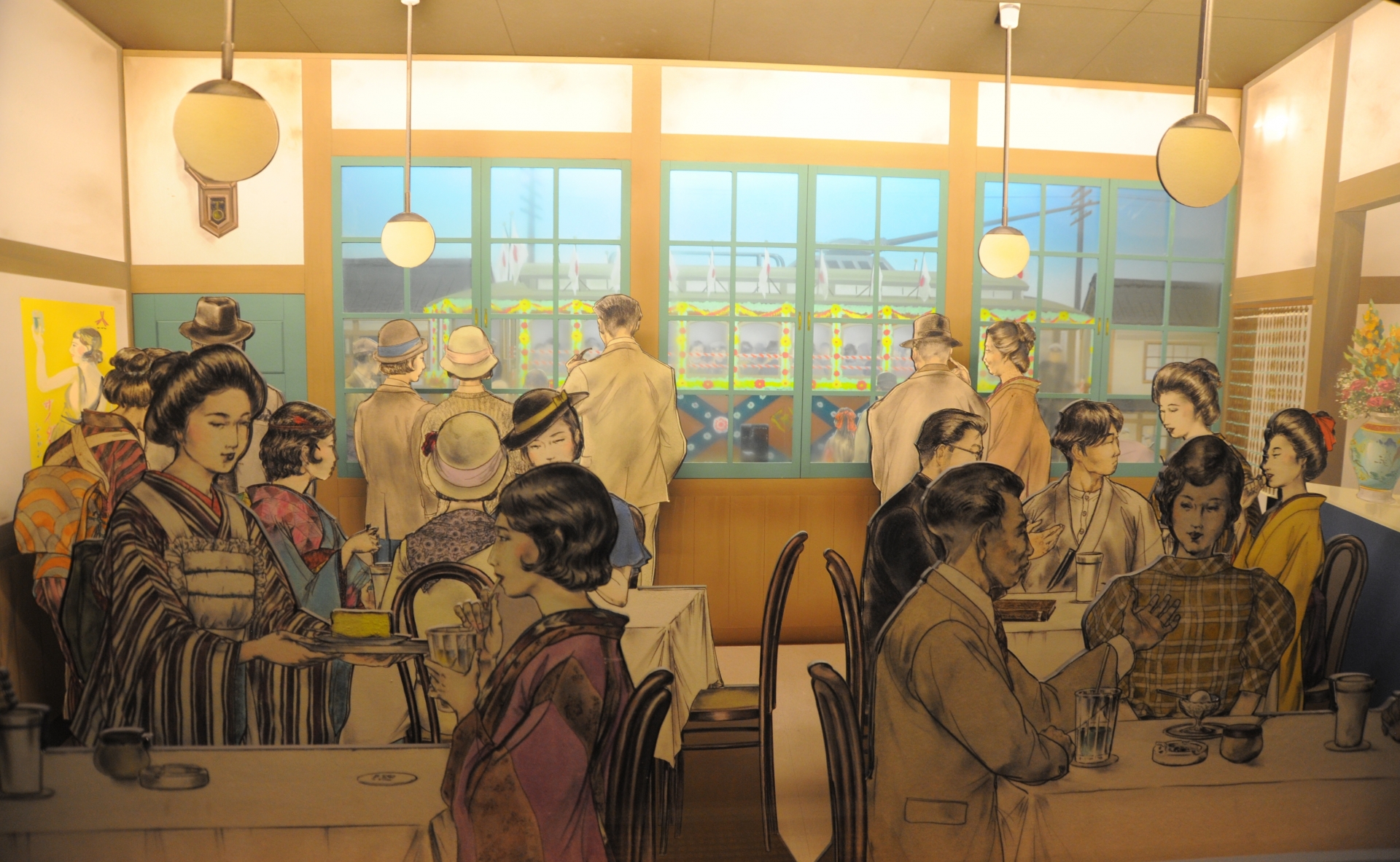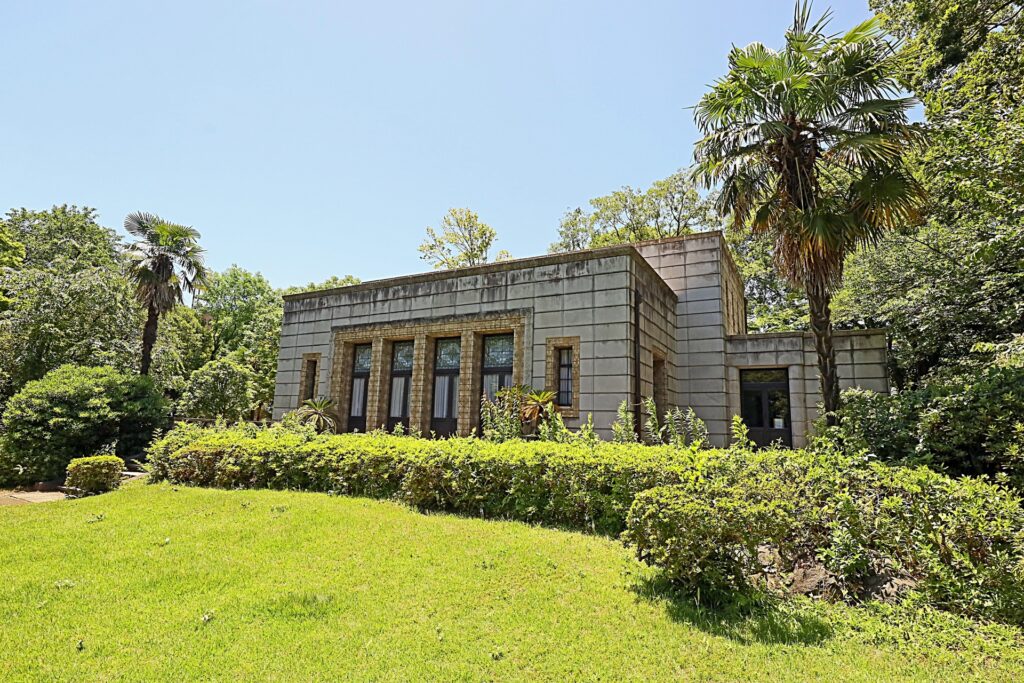大正時代は1912年から1926年までのわずか14年という短い時代です。しかし、日本の政治や経済、文化など、日本人の生活に大きな影響を与えました。着物から洋服に、和食中心の食事から洋食を食べるようになったのも大正時代からです。
この記事では大正時代の歴史や文化、建築物について解説いたします。
英語の記事:


【この記事を書いているのは…】
石井 政章(いしい まさあき)
元ホテルマンです。リゾートホテル、シティホテルで主にフロントスタッフとして働いていました。
ホテルで働こうと思ったきっかけは、海外が好きで英語を活かしたいのと人を喜ばせたいという想いがあったからです。
現在は退職しWebライターとして活動しています。
大正時代の歴史を英語で説明
The Taisho period started in 1912, when Prince Yoshihito ascended the throne upon the death of Emperor Meiji.
大正時代は、1912年に明治天皇が崩御し、義仁親王が即位したことから始まります。
In 1914, World WarⅠbegan and that brought a special procurement boom in Japan.
1914年、第一次世界大戦が始まり、日本では特需ブームが起こりました。
The number of exports increased, and the heavy-chemical industry was developed during that time. It was when Japan became an industrialized country.
その間、輸出も増え、重化学工業が発達しました。日本が工業国になったときのことです。
However, the prices have gone up according to economic growth.
しかし、経済成長に伴い物価も上昇します。
Ordinary people’s lives were getting poorer day by day, and finally, in 1918, the Rice riots erupted firstly in Toyama prefecture and then spread throughout Japan.
庶民の生活は日に日に貧しくなり、1918年、富山県を初めとする米騒動が全国に広がりました。
As you can see from the example of the riots, “Taisho Democracy” is a key term to describe the Taisho period.
暴動の例からもわかるように、「大正デモクラシー」は大正時代を表すキーワードです。
There were mass movements to demand democracy such as the general election law and freedom of expression, assembly, and association.
総選挙法や表現・集会・結社の自由など、民主化を求める大衆運動が行われました。
In 1920, the first May Day was held, and there were large-scale strikes from Labor unions, disputes with the farmers, liberation movements for the Ainu people, and for discrimination against the hamlet happened in succession.
1920年に第1回メーデーが行われ、労働組合による大規模なストライキ、農民をめぐる紛争、アイヌ民族解放運動、集落差別をめぐる争いが相次ぎました。
As a result of these constant social movements, finally, The General Election Law passed in 1925 and about four times more people got qualified to vote.
こうした絶え間ない社会運動の結果、ついに 1925年に総選挙法が可決され、約4倍の人々が投票資格を得ました。
However, it was not yet given to women even though women’s social progress was accelerated with some activities to demand gender equality.
しかし、男女平等を求める活動もあり、女性の社会進出は加速していたものの、まだ女性には選挙権は与えられませんでした。
While society started to change gradually by the power of ordinary people, in 1923, the Great Kanto Earthquake happened and a whole city was destroyed by dreadful fire.
庶民の力で社会が少しずつ変化していく中、1923年、関東大震災が起こり、街全体が恐ろしい火事に見舞われました。
But ironically, this disaster became an opportunity to turn Tokyo and Yokohama into modern cities like they are now today.
しかし皮肉なことに、この災害は、東京と横浜を現在のような近代都市に変える機会となりました。
special procurement boom 特需ブーム / industrialized country 工業国 / prices 物価 / riot 暴動 / democracy 民主主義 / gender equality 男女平等 / ordinary people 庶民
大正時代の文化を英語で説明
ファッショントレンド
After the disaster, Tokyo developed very fast and became westernized with the help of spreading the utilities. They newly built western-style buildings and created an office town (the current Marunouchi area).
震災後、東京は急速に発展し、公益事業の普及によって西洋化されました。洋館を新築し、オフィス街(現在の丸の内エリア)をつくりました。
Japanese outfits started to change too according to the trend of westernization; it was becoming more common to wear western clothing rather than kimonos.
西洋化の流れに合わせて、日本の服装も変化し始めました。着物より洋装が一般的になりつつあったのです。
Firstly only the upper-class men and businessmen wear them, but gradually they spread to people in the other classes.
最初は上流階級の男性やビジネスマンだけが着用していましたが、次第に他の階級の人々にも広がっていきました。
Fashionable ladies showed up called Moga (stands for “modern girls”) who followed westernized fashion and lifestyle, and western work uniforms also were adopted.
欧米化したファッションやライフスタイルを取り入れたモガ(モダンガール)と呼ばれるファッショナブルな女性が登場し、西洋のユニフォームも採用されました。
utilities 公益事業 / westernization 西洋化 / becomes more common 一般的になる / being adopted 採用される
食文化
Many western inspired cafes and restaurants opened in the city, and they served Yoshoku, Japanese-western mixed cuisines such as curry rice, pork cutlet, and croquette.
市内には西洋風のカフェやレストランが数多くオープンし、カレーライス、とんかつ、コロッケなど和洋折衷の洋食を提供していました。
Chefs were eager to make western cuisines but they needed to match the taste of Japanese.
シェフは西洋料理を作りたいと思っていましたが、日本人の口に合わせる必要がありました。
As a result, yoshoku became one of the unique culinary cultures of Japan.
その結果、洋食は日本独特の食文化の一つとなった。
serve 提供する / Japanese-western mixed cuisine 和洋折衷料理 / match the taste of Japanese 日本人の口に合う / culinary culture 食文化
エンターテイメントの文化
During the Taisho period, the entertainment scene also changed.
大正時代になると、芸能界も様変わりしました。
Radio broadcasting started and while phonograph and phonograph records were introduced, Japanese pop songs became popular.
ラジオ放送が始まり、蓄音機や蓄音機レコードが導入される一方で、日本のポップソングが人気を博しました。
People enjoyed more movies and baseball games. It is true that it became more common to enjoy cultural things among ordinary people, however, it was appreciated only in the city and this modernization made a huge gap between rural areas and big cities terribly.
映画や野球を楽しむことも多くなりました。確かに庶民の間で文化的なものを楽しむことは多くなりましたが、それは都会でしか味わえないものであり、この近代化によって郊外と大都市の間にひどく大きな格差が生じました。
radio broadcasting ラジオ放送 / phonograph 蓄音機 / modernization 近代化 / rural areas 郊外 / big cities 大都会
大正時代の建築を英語で紹介
晩香廬・青淵文庫(Bankoro & Seien Bunko )
Bankoro was built in 1917, and Seien Bunko was built in 1925 to celebrate the anniversaries of Shibusawa Eiichi who is known as “the father of Japanese capitalism”.
1917年に晩香廬が、1925年に青淵文庫が「日本資本主義の父」として知られる渋沢栄一を記念して、建てられました。
Bankoro is a western-style teahouse and it was used as a reception room for important guests from in and outside of Japan.
晩香廬は洋風茶室で、国内外の要人の応接室として使われていました。
Elaborate stained glass windows were designed with oak leaves and a letter of dragon ‘竜’ and ‘寿’.
精巧なステンドグラスの窓には、樫の葉と龍の「竜」と「寿」の文字がデザインされています。
capitalism 資本主義 / reception room 応接室 / Elaborate 精巧な

孫文記念館(Sonbun Memorial Hall )
It’s only the memorial hall for Sun Yat-Sen in Japan who is known as the first president of the Republic of China and the first leader of the Nationalist Party of China.
中華民国の初代総統であり、中国国民党の初代党首として知られる孫文の日本で唯一の記念館です。
You can see Akashi-Kaikyo bridge together with the buildings, it is also worth visiting just to take a gorgeous picture.
建物と一緒に明石海峡大橋を眺めることができ、写真を撮るだけでも一見の価値があります。
be worth visiting 訪れる価値がある

北野異人館(Kitano Ijinkan)
You can see the historical buildings which were built around the Meiji to Taisho period.
明治から大正にかけて建てられた歴史的建造物を見ることができます。
Each European-style building has impressive collections of porcelains and arts and antique furniture which are exhibited to visitors.
ヨーロピアンスタイルの各建物には、印象的な陶磁器や美術品のコレクション、アンティーク家具が展示されています。

日本大正村(Japan Taishoumura)
Another optional place to learn about the Taisho period is Japan Taishomura, the open-air museum which is located in Gifu prefecture.
大正時代を学ぶためのもう1つの場所は、岐阜県にある野外博物館、日本大正村です。
They recreated the townscape during the Taisho period which allows visitors to see the historical sites such as the city hall and the cafe where cultural people used to love to have tea.
大正時代の町並みを再現し、市役所や、文化人がお茶を嗜んでいた喫茶店などの史跡を見ることができます。
open-air museum 野外博物館 / recreate 再現する

立教大学(Rikkyo University)
Originally Rikkyo University was located in Tsukiji founded by Bishop Channing Moore Williams and relocated to Ikebukuro in 1918.
立教大学はもともとチャニング・ムーア・ウィリアムズ主教によって築地に設立され、1918年に池袋に移転しました。
There are beautiful red-brick buildings on the campus, and these were designed by Murphy and Dana Architects from the United States.
キャンパス内には美しい赤レンガの建物があり、これらは米国のマーフィー・アンド・ダナ建築事務所によって設計されました。
relocate 移転する / red-brick buildings 赤レンガの建物

まとめ
今回は大正時代の歴史や文化について紹介いたしました。
大正時代は洋風文化も日本に入ってきた時代で、現代の日本の礎となった時代です。
大正時代を紹介するときは、ぜひこの記事を読み返してみてください。
あわせて読みたい
英語を活かして外国人ゲストをおもてなし!

- 日本の魅力を外国人に紹介したい
- 英語や語学を活かした仕事がしたい
- 人を喜ばせることが好き
そんな方にぴったりな仕事が通訳案内士やツアーガイドのお仕事です。
通訳案内士(ツアーガイド)は、一緒に街を歩いて、地域の歴史や文化をお話しながら、外国人ゲスト一人一人の旅が素敵なものになるようお手伝いします。
ガイドの印象によって、日本の印象が決まると言っても過言ではありません。
人を楽しませることが好きで、日本の魅力を世界に伝えたい!という情熱をお持ちの方は、ツアーガイドを目指しませんか?

JapanWonderGuide(JWG)は「日本のガイドの質を世界一に」をスローガンに掲げるガイドコミュニティです。
2020年から活動を開始し、全国通訳案内士等を中心に、現在は、3,300名を超えるコミュニティとなっております。
JWGの有料会員(KNOTTER, ノッター)にご登録いただくと、月額1,000円(税込1,100円)で、
ガイディングやビジネスに活きる知識・スキルが身につく研修動画、E-Learningが見放題!有料コンテンツを無料でご視聴いただけます。
そのほか、人気観光施設の最新情報や裏話をお届けするJWG Live!の見逃し配信、各研修の割引などをご利用いただけます。
さらに、有料、無料会員様ともに研修やイベント情報など、ガイドに役立つ内容がたっぷり詰まったメルマガを月に2回お届けします。
また、ガイド仲間を見つけ、交流できるFacebookグループにもご招待!情報交換の場としてお使いください。
【JWG会員でできること】
| フリーメンバー | KNOTTER | KNOTTER+ | |
| 料金 | 無料 | 月額1,000円 (税込1,100円) | 年間14,000円※ (税込15,400円) |
| 期間 | 無期限 | 毎月自動更新 | 2025年8月31日まで |
| ①メンバー限定Facebookグループご招待 | ○ | ○ | ○ |
| ②メンバー向けメルマガ受信 | ○ | ○ | ○ |
| ③JWG Live!見逃し配信 | △ | ○ | ○ |
| ④JWG主催研修割引 | – | ○ | ○ |
| ⑤JWG交流会へご招待 | 有料 | 無料 | 無料 |
| ⑥通訳案内研修 | – (3,500円) | 無料 | 無料 |
| ⑦JWG動画配信 | 有料 | 無料 | 無料 |
| ⑧通訳ガイド保険 | – | – | ○ |
※KNOTTER+の会費は加入月によって変動します
JWGでは、ガイドのスキルアップを目指す方や、ガイドに挑戦したい新人ガイドさん、
ガイドに興味のある方を全力サポートいたします!
「学校の合間に」「週末だけ」
JapanWonderGuideと一緒に、「ツアーガイド」の世界の扉を開きませんか?






